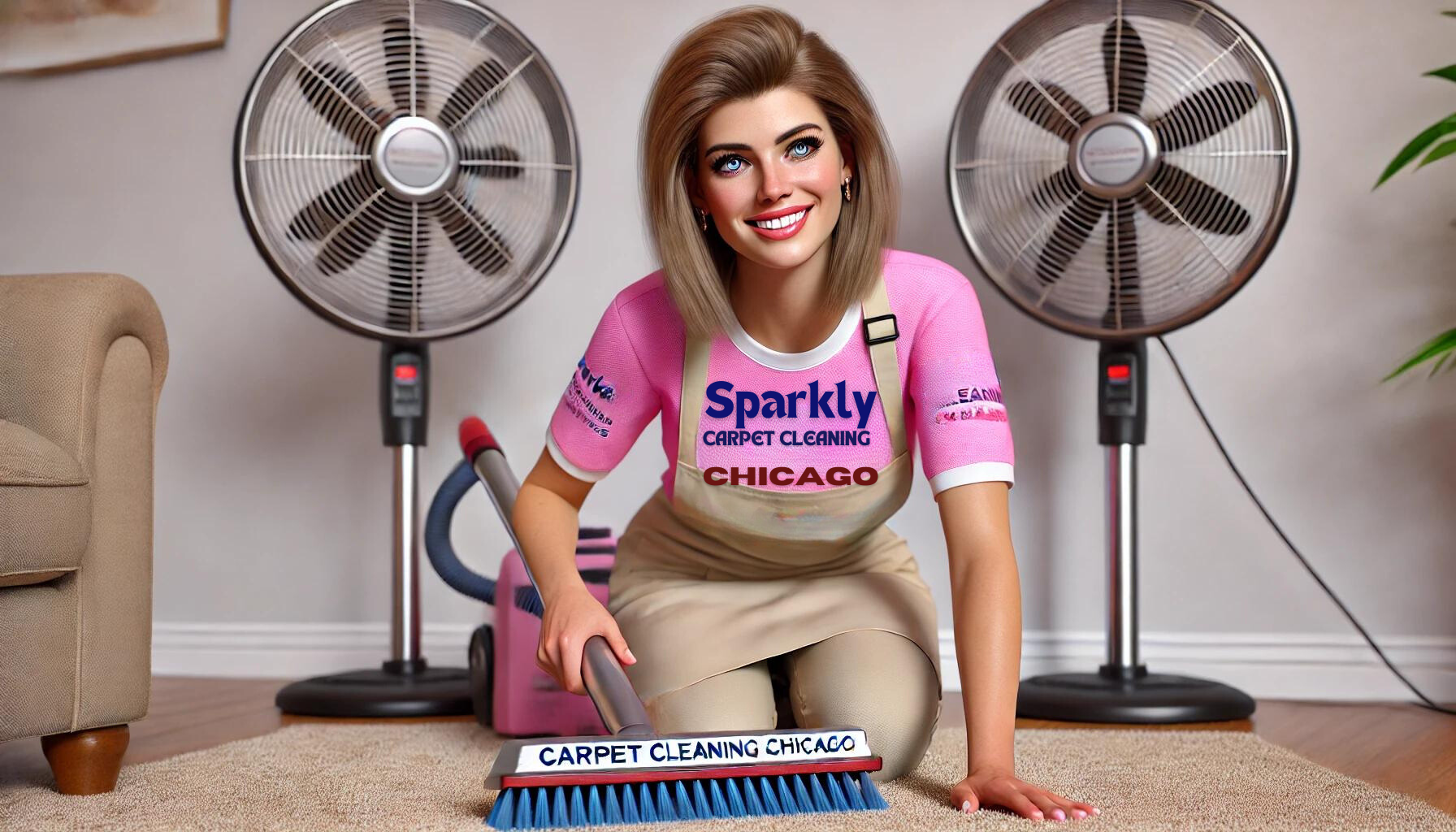Predicting When Your Carpet Will Be Ready Post-Clean
Timeline For Carpet Drying After Cleaning
Navigating Carpet Drying Times
Carpet cleaning is an essential part of maintaining a healthy, fresh home environment. However, one common question many homeowners have is how long it will take for their carpets to dry after being cleaned. The drying time can vary based on several factors, including the cleaning method used, the type of carpet fibers, the climate, and air circulation in the home.
Understanding the Factors That Affect Carpet Drying Time
The Role of Cleaning Methods
There are primarily two methods used for cleaning carpets: hot water extraction and dry cleaning.
Hot Water Extraction - Often referred to as steam cleaning, this method involves injecting hot water and cleaning agents into the carpet at high pressure and then extracting it along with the dislodged dirt. This method typically leaves more moisture in the carpet, which can extend drying times.
Dry Cleaning - This method uses special chemicals and very little to no water. The chemicals break down dirt, which is then vacuumed up. Since minimal water is used, carpets that undergo dry cleaning generally have much shorter drying times.
Type of Carpet Fibers
The material of your carpet also influences drying time. Synthetic fibers like nylon and polyester tend to dry faster than natural fibers like wool. This is due to the inherent properties of synthetic materials that repel water more effectively.
Climate and Environmental Factors
The local climate plays a significant role in how quickly your carpets dry. In humid environments, the air is already saturated with moisture, making it harder for water from your carpet to evaporate. Conversely, in dry climates, carpets will dry much faster.
Air Circulation
Good air circulation significantly reduces carpet drying times. Using fans, opening windows, and turning on air conditioning or heating systems, depending on the weather, can help speed up the process by moving air around and facilitating moisture evaporation.
How to Speed Up the Carpet Drying Process
Increase Airflow in the Room
Using fans and opening windows can help improve air circulation and reduce drying times. Ensure that the room is well-ventilated until the carpet is completely dry.
Use Dehumidifiers
In humid conditions, using a dehumidifier can help remove moisture from the air, allowing the carpet to dry more quickly.
Towel Dry
For small areas or if the carpet is excessively wet, you can blot the surface with towels to remove excess moisture manually. This is a labor-intensive process but can be effective in reducing overall drying time.
Schedule Wisely
If possible, choose a dry, warm day for carpet cleaning to naturally aid the drying process due to better environmental conditions.
Ready to Walk on Dry Carpet - Understanding the Timeline for a Safe and Effective Carpet Drying
While drying times can vary, here is a general guideline based on the cleaning method:
Hot Water Extraction: It typically takes about 6 to 12 hours for carpets cleaned using hot water extraction to dry. However, some carpets may take up to 24 hours, depending on the factors previously discussed.
Dry Cleaning: Carpets cleaned using the dry cleaning method can often be dry and ready to use within an hour.
For the best results, consult with your carpet cleaning professional about the expected drying times for your specific situation. They can provide tips and adjustments based on your unique needs and environment.
Ready for Foot Traffic - Planning Your Return to Clean, Dry Floors
Understanding the factors that affect the drying time of your carpets after full house carpet cleaning can help you plan effectively and ensure that your carpets are dry, clean, and ready for use without unnecessary delays. Whether you opt for hot water extraction or dry cleaning, knowing what affects drying times and how to mitigate those factors will leave your carpets fresh and beautiful in the quickest time possible. This knowledge not only helps in maintaining the appearance and longevity of your carpets but also in managing your space efficiently after a cleaning session.



